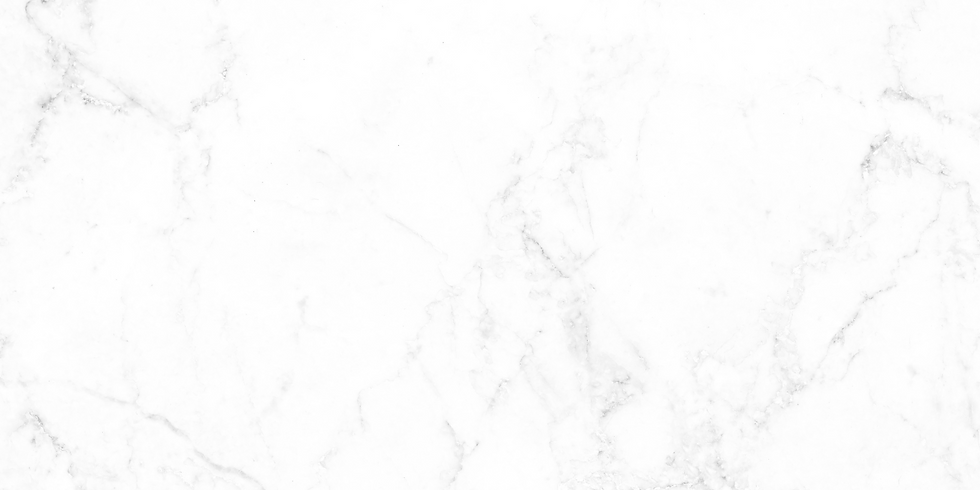What happened to my skin in my 40s?
- Santa Fe Skin Institue

- Jan 9, 2023
- 3 min read
What

happened to my skin in my 40s?!
You will hear a lot of women especially say that their skin changed a lot in their 40s. If you look at pictures of yourself at 40 versus age 50, there are likely much bigger changes than you would see between 25 and 35 or 55 and 65. Why is this? What happened?!
During your 40s is when you start to see changes in your face related to loss of elasticity and volume. We start to see crows feet at rest, not just when you're smiling. You may start to see nasolabial folds, early marionette lines and an increase in the downturn at the corners of your mouth. You may start to notice little brown spots that were not there before.
There are a number of factors at work here:
Sun Damage
A lot of people don't think much about sunscreen in their 20s and 30s. Maybe if you're on vacation at a beach and in the sun all day you'll apply sunscreen, but on a normal day getting ready for work a lot of people don't use sunscreen products. Your skin still looks pretty good anyway, right? Sometimes the light tan looks good, right? However, 20s and 30s is when we get most of our sun damage and the 40s is when it starts to catch up with you.
There are two kinds of UV light:
-UVA light damages all levels of the skin. It damages the collagen and elastin fibers which give your skin its elasticity and smooth appearance. It also damages the surface cells and small blood vessels.
-UVB light damages the outer layer of skin and damages the DNA more than UVA does. It causes the brown spots and changes in the cells leading to development of actinic keratosis which is a precancerous skin lesion. Ultimately skin cancers such as basal cell carcinoma, squamous cell carcinoma, and melanoma can all be a result of UV exposure.
The way to prevent this is to wear sunscreen SPF 30 or higher. Water resistant is better and if you are swimming or exercising outside with intense sun exposure, reapply every few hours. Even on a normal day it's a good idea to reapply around midday.
People can develop skin cancers in their 40s. It is uncommon before that, but certainly see a dermatologist if you have a concerning skin lesion at any age.
Hormones
In your 40s most women start to have hormonal changes. Perimenopause is when estrogen just begins to decline. Estrogen affects fibroblasts, which produce collagen and elastin, keratinocytes which protect your skin, and melanocytes which give pigment. It also helps regulate hair follicle function and oil gland activity. All of these together will cause people to notice the brown spots. You may see the first signs of loss in areas where you want it ( thinning scalp hair and eyebrows) and new growth where you don't want it (peach fuzz or facial hair). Some people will start to get acne, and of course with the loss of collagen and elastin the skin gets more saggy. As we close in on 50 there is an increase in the estrogen decline which accelerates until full blown menopause.
What can I do about this? You can ramp up your skin care regimen.
-Moisturizing every morning and night.
-For peach fuzz, you can do dermaplaning waxing or threading.
-For hair loss, there are nutraceuticals as well as PRP and exosome treatments. There are also some oral medications that can help with this. (All of these are under physician supervision).
-For skin integrity use retinol and exfoliating acids as well as nutraceuticals that include vitamin C, B3, and vitamin E. (We carry many medical grade products at SFSI)
-Pigmentation issues can be addressed with laser, chemical peels, microneedling and topicals under physician supervision.
-Wear sunscreen with at least 30 SPF every day
-Also always remember to keep your skin healthy inside. Eat antioxidants rich foods and hydrate .
Most importantly this is the decade that you really need to start paying attention to skin care
establish care with a dermatologist and an esthetician with expertise.
AUTHOR
Lily Love M.D.Lily Love is the Medical Director and Co-Founder of the Santa Fe Skin Institute. Dr.Love is a Board Certified Facial Plastic Surgeon who has practiced in Los Angeles to New York City. With over a decade of experience in Aesthetic Medicine she brings her expertise to the Santa Fe Skin Institute.





Comments